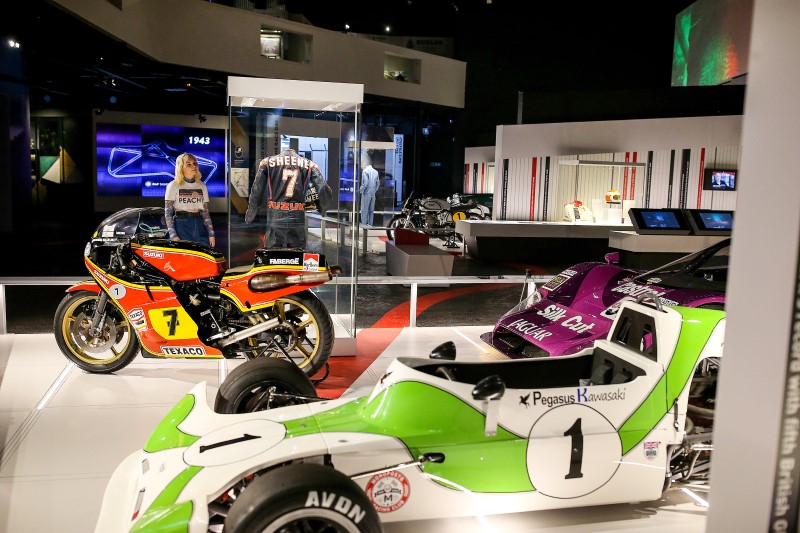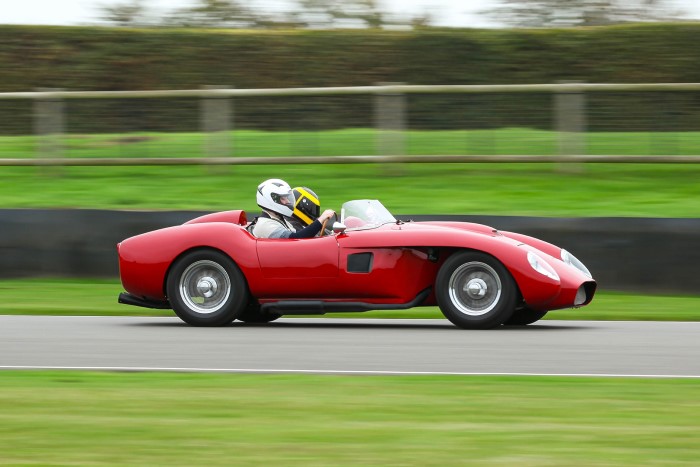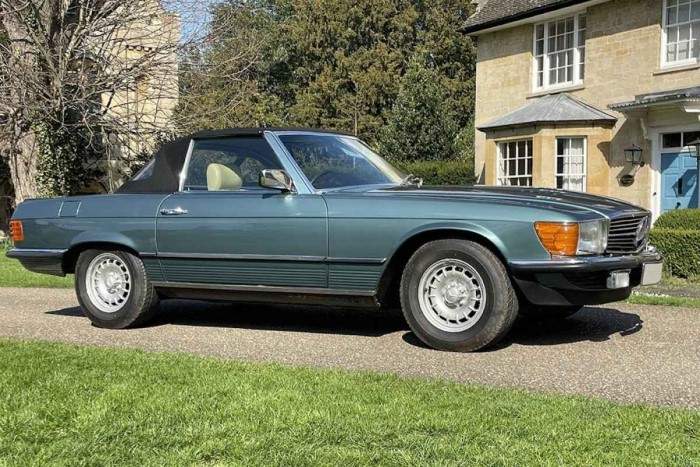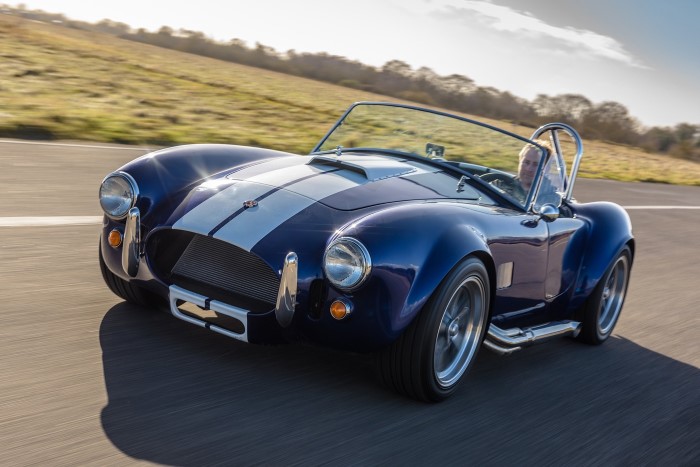

There’s not many hobbies of which you can say they are also a strong financial proposition, with a burgeoning, wide reaching market. But it’s absolutely the case for motor racing memorabilia, with enthusiasts of all ages able to combine supporting the team and drivers they admire, whilst also establishing an exciting collection and pastime that could pay dividends in the future.
For Formula 1, this is especially true. Second only to football as the most viewed and loved sport in the world, F1 motor racing that we know today had its origins as far back as much as over a century ago.
It was France who first started motor racing, with races between towns happening as far back as the end of the 19th Century, with the first race between Paris and Rouen taking place in 1894.
Although interestingly, it wasn’t actually called motor racing back then. Instead it was known as ‘le tests d’endurance’ - literally meaning ‘endurance tests’ - and its steady growth in popularity from these roots is what has helped form the modern Grand Prix championships we know and watch today.
The first official Grand Prix was over a decade later, in 1906, taking place at the French Automobile Club in Le Mans. Car manufacturers rapidly became eager to get involved with the action, offering to sponsor the racing drivers by investing huge amounts of money to assist with the design of ever more competitive cars.
It goes without saying that this, naturally, produced some of the earliest memorabilia from all imaginable fields, from garage signage and spare parts, through to event programmes and publicity posters/flyers and everything else in between.
By the time the first Monaco Grand Prix was held in 1933, motor racing had become big business, with sponsors and manufacturers toasting their success and embracing the glory and thrill of the race track.
If you’re looking to establish your own motor racing memorabilia collection, it’s a good idea to specialise as early on as possible. Perhaps you have an item already that’s specific to a certain era, so i.e. pre-war, post-war or modern day. Take that as your starting point.
Or maybe there’s a specific sort of item you’re looking to collect, whether that’s helmets, racing kits, event programmes, signage, rare autographs or signed memorabilia.
Enthusiast magazines and guides, as well as online forums are always a good place to start, where whole communities of fans and experts can discuss and share their collections - and in some cases their wish lists.
You may find as you go along that the older or more scarce your collectible is, the higher in value it’s likely to be. Some online and print communities also offer trading facilities to their users, where they can trade and offer collectibles amongst each other.
Just remember though that it’s essential to make sure you thoroughly inspect the condition of a potential collectible before you make the commitment to buy it, even if that means asking for further information or more images to make a decision before you leap to make a deal.
Obviously, natural wear and tear from storage or use with older items is perfectly natural. In fact in some cases, signs it’s had a good owner or has been well loved and enjoyed can increase its value or appeal. But not reading the fine print could cost you your dignity as well as your chance of going quids in with valuation or sale further down the line.
Every motor racing collection starts somewhere, so why not start it today? Who knows - that old helmet worn by Damon Hill, that first edition copy of the 1978 Auto Course, or that personally dedicated and signed photo from Fernando Alonso may be the most financially rewarding one of all...


